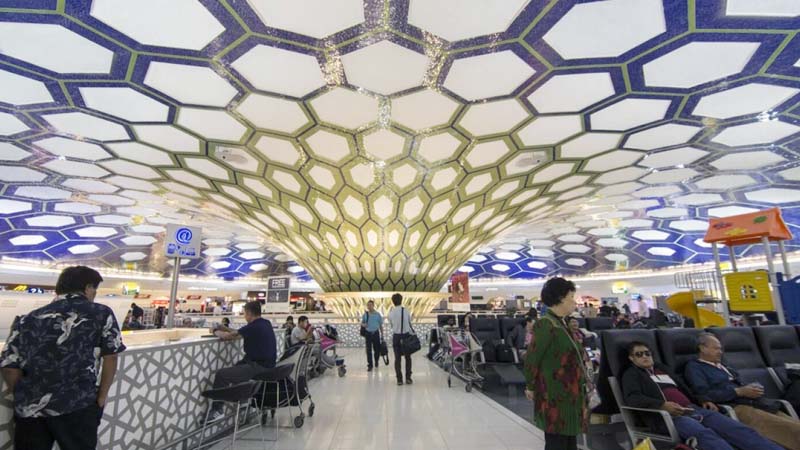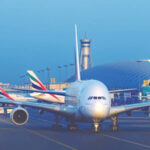
The demand for travel insurance in the UAE has surged dramatically, with customer inquiries increasing by 182% in 2024 compared to the previous year, according to Policybazaar.ae, a leading insurance market player. This significant rise is largely driven by travelers aged 25 to 40, who make up 85% of the inquiries.
The global travel insurance market is anticipated to reach $63.9 billion by 2030, growing at a compound annual growth rate (CAGR) of 15.4% from 2022 to 2030, as reported by Grand View Research, Inc. Additionally, forecasts indicate that the market will hit $96.6 billion by 2033, expanding at a CAGR of 7.2% from $48.2 billion in 2023, with the total worldwide insurance market doubling from $5 trillion in 2023.
Several factors contribute to the burgeoning demand for travel insurance. Growth in the tourism industry, facilitated by easy internet bookings, extensive media coverage of holiday types, increased disposable income, and enhanced package holidays, are major contributors. Neeraj Gupta, CEO of Policybazaar.ae, noted that the spike in travel insurance inquiries reflects a significant shift in traveler behavior, with an increasing focus on safety, preparedness, and seamless travel experiences.
“The travel insurance market in the Middle East is set to experience substantial growth. As per Spherical Insights, the global travel insurance market size is projected to reach $99.0 billion by 2030. This exponential growth underscores the increasing recognition of the importance of travel insurance,” Gupta added.
Policybazaar.ae has identified Azerbaijan, Georgia, the USA, and Armenia as the top travel destinations for UAE residents in 2024. The average travel duration to these locations is a minimum of nine days, indicating a preference for shorter, more frequent vacations. This trend is attributed to extreme summer temperatures and the onset of summer holidays, prompting many families and individuals to seek cooler destinations. The shift towards online channels for purchasing travel insurance has also prompted insurers to innovate and reevaluate their long-term strategies.
A notable trend is the rise in remote work among individuals under 40, blending work and leisure and escalating the demand for comprehensive travel insurance. The increase in leisure travel further amplifies the need for insurance to protect against unforeseen events that could disrupt travel plans.
The family travelers segment holds the largest market share, accounting for 60% and significantly contributing to market revenue. This underscores the importance of travel insurance in ensuring well-planned and risk-mitigated travel experiences for families, providing better preparation and peace of mind.
Grand View Research reports that single-trip insurance coverage held the largest revenue share of 60.1% in 2021 and is projected to grow at the highest CAGR of 16.0% until 2033. In terms of end-users, the senior citizen segment dominated the market in 2021 and is expected to grow at a CAGR of 13.9% during the forecast period, driven by various policy plans like Covid-19 insurance cover and emergency medical covers. Services such as emergency evacuation, subsidies in tickets, trip cancellation coverage, and luggage loss coverage positively impact the market.
The business traveler segment is anticipated to register the highest CAGR of 17.6% during the forecast period. The increase in business trips and the growing number of business travel insurance products drive this segment’s growth. For instance, Travel Insured International launched Worldwide Trip Protector in March 2021 to enhance insurance policies for families, business, and other travelers.




